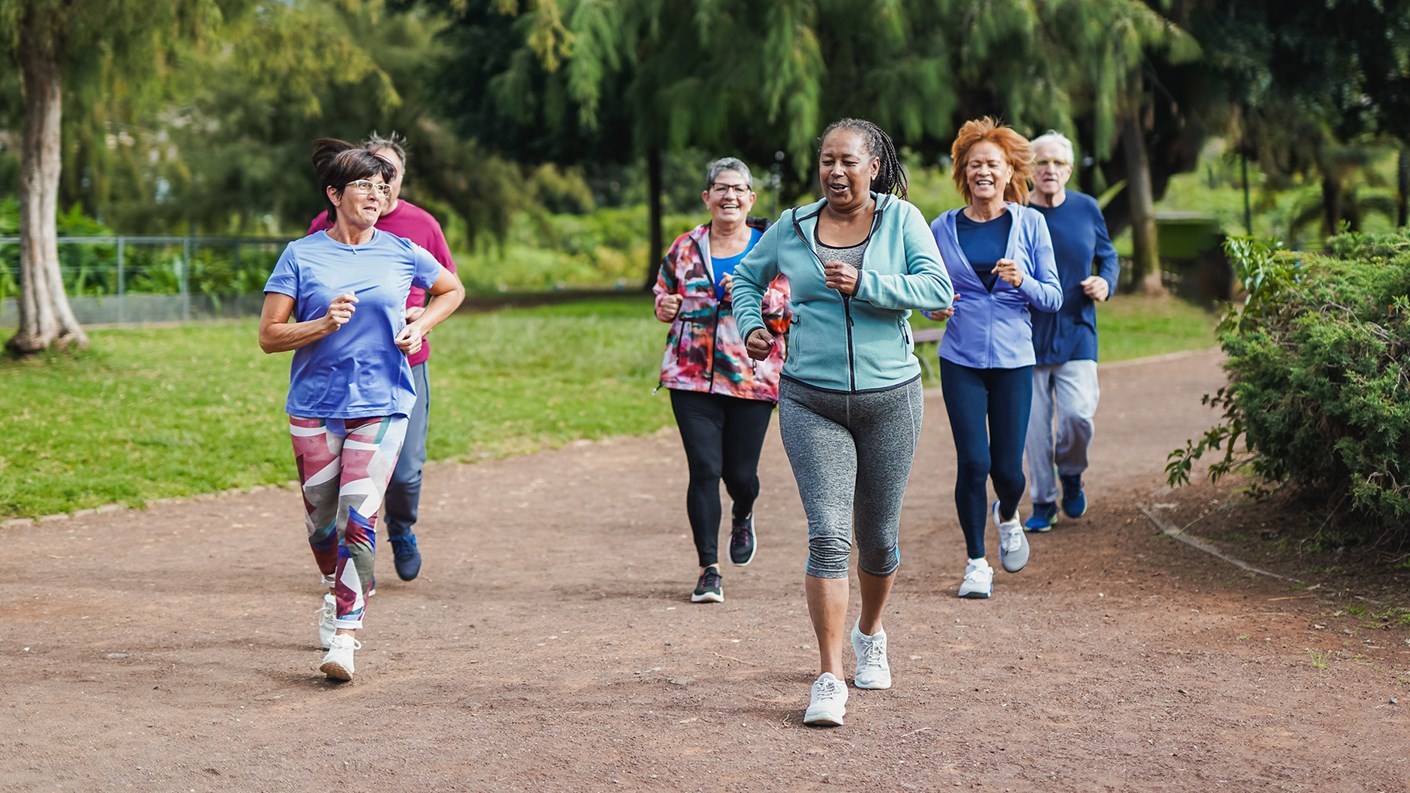Physical activity is critical in driving public health improvements
Recent well documented increases in pressure and strain on the NHS are driving the inevitable knock-on effects of a lack of access to healthcare and ever-increasing waiting times. Both of which being significant factors in overall public satisfaction of our health service being at a staggering 40 year low of 29%.*
The report from The Royal Society for Public Health (RSPH) entitled ‘The Unusual Suspects: Unlocking the Potential of the Wider Public Health Workforce’ reinforces a widely publicised stance that a focus on an expanded public health workforce would offer unparalleled support and significantly more returns from public investment. It also emphasises the need for a greater focus on preventative measures, rather than to continue to simply focus on treatment and more reactive approaches.
As part of the report, the RSPH stress the need for greater collective support for the millions of people in the UK’s wider public health workforce that are positively contributing to the nation’s health.
The sport and physical activity workforce plays a hugely significant role in the public health workforce via the critical interventions and contributions we make that enable people to lead healthy and active lifestyles.
As part of this, many operators and local authorities are already working incredibly closely with health professionals and are having a significant impact in the prevention of long-term health conditions, managing symptoms of chronic conditions, reducing symptoms of mental health conditions such as depression and anxiety and facilitating recovery and restoring function following injury or illness. All of which have the knock-on effect of reducing avoidable GP visits, reducing appointment and treatment waiting times and much more.
One such example that really articulates the capabilities of physical activity in aiding the better management of symptoms and conditions is in Essex where occupational therapists based in a leisure centre have developed and delivered sessions for the local community who are experiencing long-term health conditions and have disabilities.
After being peer reviewed, the project had delivered a breathtaking £58 of benefit for every £1 spent to deliver the programmes.
Then there’s the work led by GM Active on cancer prehab, which ensures patients preparing to undergo treatment are physically stronger leading to better and quicker recoveries that serve to free up a huge number of NHS beds.
The issue we face and the reason why we’re not seeing the fantastic results on the scale we would wish, is that policymakers aren’t keeping pace with changes in society. Ultimately this means they are very slow to recognise how investment in the sport and physical activity sector could resolve a huge number of the difficulties faced in relation to healthcare resources.
You will have likely seen our recent piece ‘Releasing the Power of Our Profession: supporting health and wellbeing’ where Tara Dillon, our CEO talks about the need for this investment to not be exclusively financial, but to also harness a sustainable understanding and championing of the power of our profession across administrations and departments.
